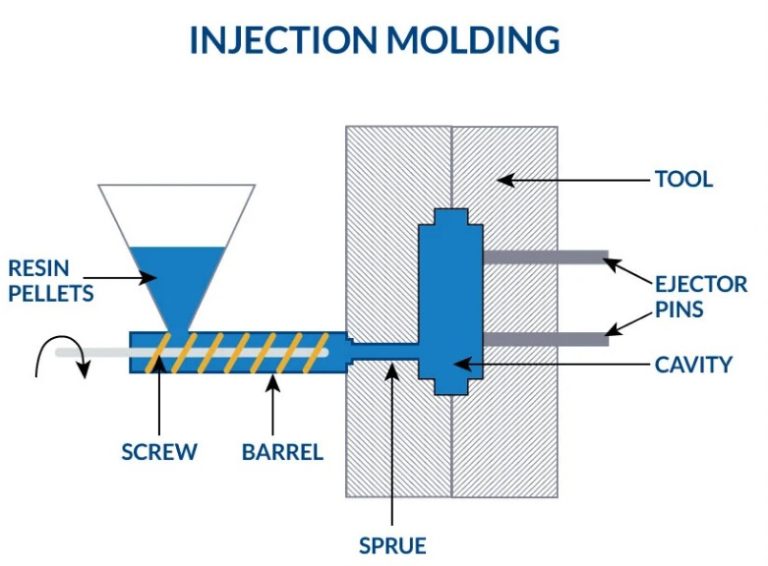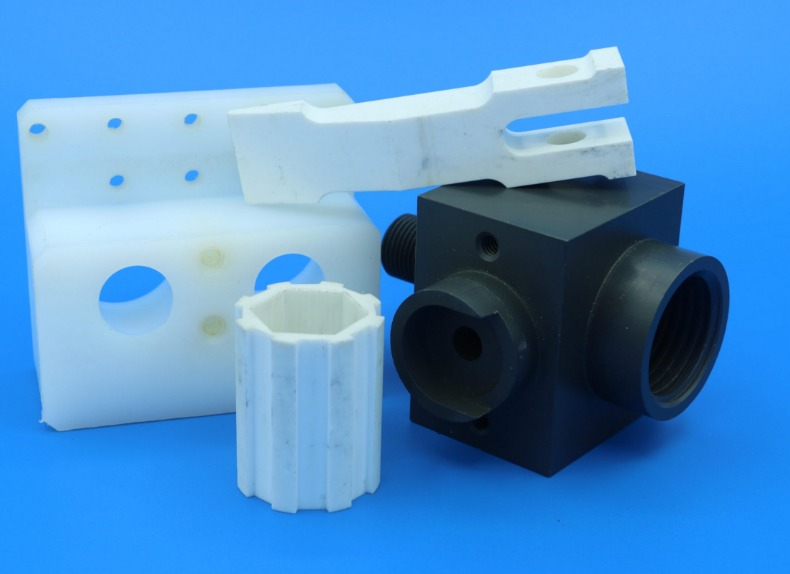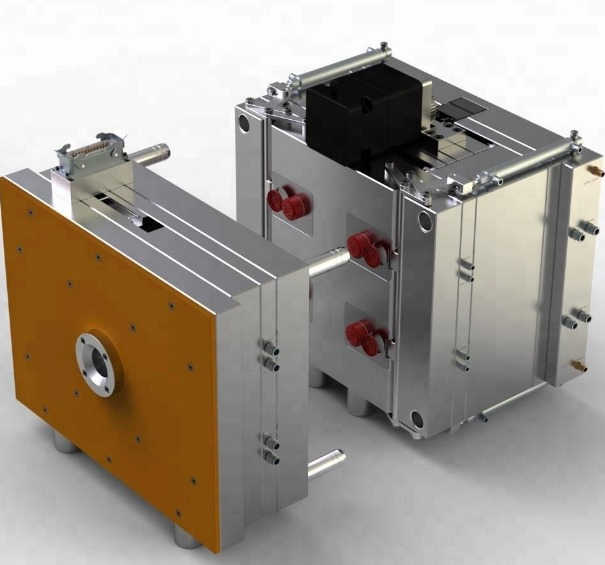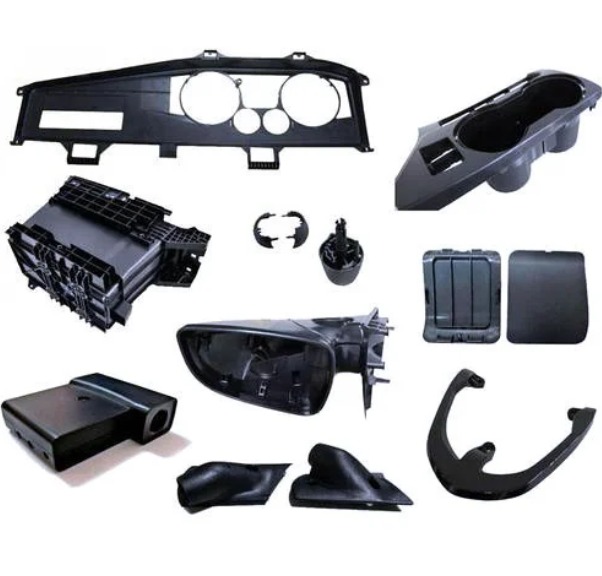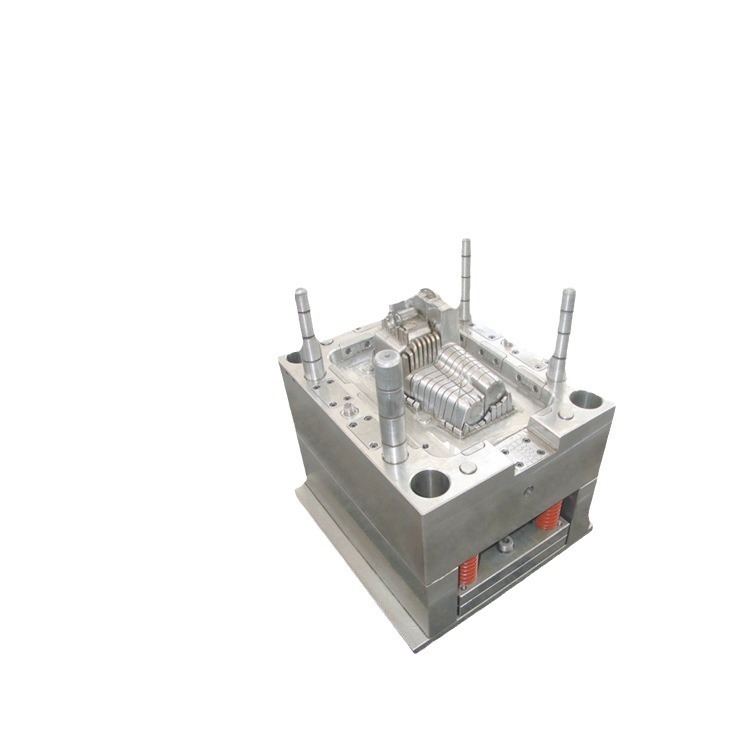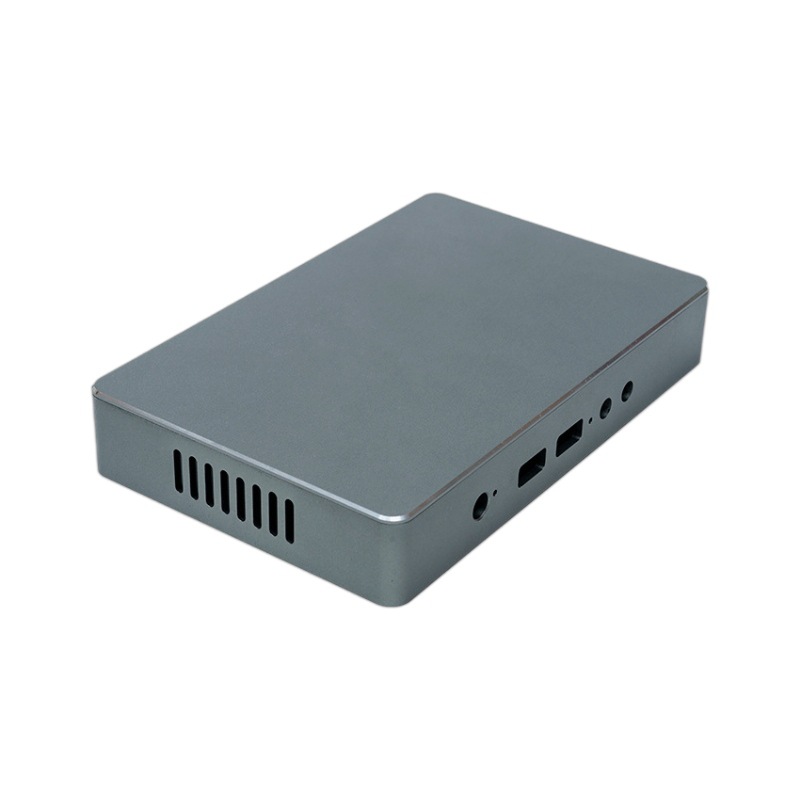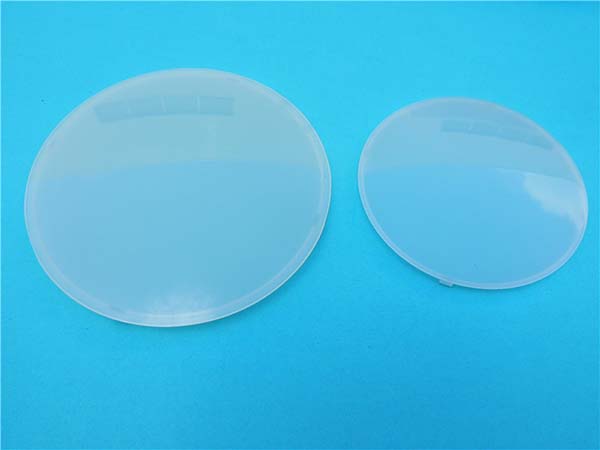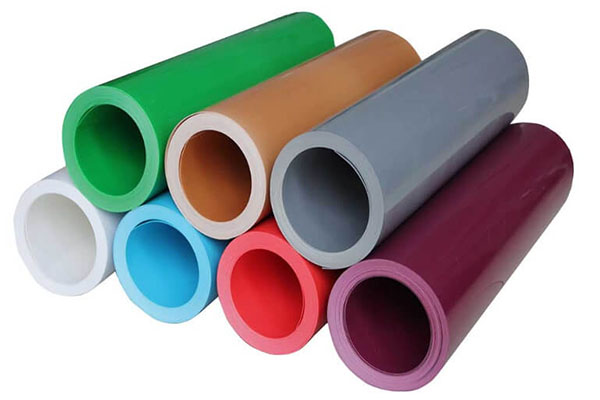Introduction
Injection Molding is a cornerstone in the manufacturing industry, playing a pivotal role in the production of a vast array of products that permeate our daily lives. From the small components in our electronic devices like the intricate casings of smartphones and the tiny gears in smartwatches, to large automotive parts such as bumpers and interior dashboards, injection molding technology is the driving force behind their creation. Its significance lies in its ability to mass - produce high - quality, complex - shaped parts with remarkable precision and at a relatively low cost per unit. This efficiency makes it an indispensable process for manufacturers aiming to meet the high - volume demands of the global market. As we delve deeper into the world of injection molding, we'll uncover the key aspects of its manufacturing process, explore its diverse applications, and understand how to optimize it for maximum productivity and quality.
The Injection Molding Process in Detail
Plastic Material Preparation
The journey of injection molding commences with meticulous plastic material preparation. First and foremost, the plastic, usually in the form of granules or powder, is carefully loaded into the hopper of the injection molding machine. This step seems simple, but it's crucial as any contamination at this stage can mar the final product quality. For instance, if there are foreign particles in the plastic granules, they can create visible defects in the finished part.
Before being fed into the machine, the raw materials often undergo screening to remove any oversized particles or impurities. Additionally, drying is a common pre - treatment, especially for hygroscopic plastics like nylon. Moisture in the plastic can cause issues such as the formation of bubbles or surface imperfections during the molding process. According to industry standards, for some high - performance plastics, the moisture content needs to be reduced to less than 0.05% before processing.
Heating and Melting
Once the plastic material is in the hopper, it begins its transformation through the heating and melting stage. Propelled by a screw or a plunger, the plastic enters the heating zone of the injection unit. As it moves along the heated barrel, the plastic gradually absorbs heat. The temperature in this zone is precisely controlled, typically ranging from 150°C to 300°C, depending on the type of plastic. For example, polyethylene (PE) has a melting temperature around 110 - 130°C, while polycarbonate (PC) requires a higher temperature of about 260 - 340°C.
Injection
The injection stage is where the magic really starts to happen. The now - molten plastic is forced, under high pressure, into the closed mold cavity. Injection pressures can vary widely, typically ranging from 50 to 200 megapascals (MPa). High - precision parts, such as those used in medical devices, often require more precise control of injection pressure, sometimes within a tolerance of ± 5 MPa.
The injection speed also plays a critical role. A too - slow injection speed may lead to incomplete filling of the mold cavity, resulting in a short - shot defect. On the other hand, an overly fast injection speed can cause issues like air entrapment or excessive shear stress on the plastic, which might lead to material degradation. For a medium - sized plastic part, an injection speed of around 50 - 100 mm/s is commonly used.
Cooling and Solidification
Once the mold cavity is filled with molten plastic, the cooling and solidification process begins. This is a crucial phase as it determines the final shape and dimensional accuracy of the product. The mold is equipped with a cooling system, usually a network of channels through which a coolant, such as water or a specialized heat - transfer fluid, circulates.
The cooling rate has a significant impact on the quality of the product. A slow cooling rate can lead to large crystal formation in semi - crystalline plastics, which may affect the mechanical properties and surface finish of the part. Conversely, a too - rapid cooling rate can induce internal stresses, causing the part to warp or crack. For example, in the production of a plastic automotive interior panel, the cooling time might be carefully set to 30 - 60 seconds to ensure optimal quality.
Mold Opening and Part Ejection
After the plastic has solidified sufficiently, the mold opens, and the finished part is ejected. In some cases, a release agent, such as a silicone - based spray, may be applied to the mold surface before the injection process to facilitate easy ejection. However, excessive use of release agents can leave residues on the part, which may be a concern for certain applications, like food - contact products.
Automated part - ejection equipment, such as ejector pins or robotic arms, is commonly used in modern injection molding operations. Ejector pins are strategically placed in the mold to push the part out when the mold opens. The force applied by these ejectors needs to be carefully calibrated to avoid damaging the part. For a small plastic toy, the ejection force might be set to a relatively low value, around 50 - 100 Newtons, while for a larger, more robust automotive part, the force could be several hundred Newtons.
Post - processing
The post - processing stage is the final touch to transform the molded part into a market - ready product. This can involve several steps, such as removing flash (the thin excess plastic that forms around the edges of the part during molding), trimming any excess material, and finishing operations like painting, plating, or texturing.
Applications of Injection Molding
Injection molding's versatility has made it an essential manufacturing process across numerous industries. Its ability to produce high - quality parts with precision and efficiency has led to its widespread adoption in various sectors.
Consumer Electronics
In the realm of consumer electronics, injection molding is omnipresent. Take mobile phone cases, for example. They are typically made through injection molding, which allows for the creation of a wide variety of shapes, colors, and textures. The high - precision nature of injection molding ensures a perfect fit for the phone, protecting it from scratches and minor impacts.
Computer accessories such as keyboard keys and mouse bodies are also commonly produced using this method. For a standard keyboard, there are usually over 100 keys, all of which can be efficiently mass - produced through injection molding. This not only guarantees consistency in size and shape but also enables the incorporation of features like backlighting and ergonomic designs.
Automotive Industry
The automotive industry heavily relies on injection molding for the production of many components. Dashboard assemblies are complex structures that often require multiple parts to be molded separately and then assembled. Injection molding allows for the creation of these parts with high - dimensional accuracy, ensuring a seamless fit within the vehicle interior.
Headlight housings are another prime example. These need to be not only precisely shaped to fit the vehicle's design but also durable enough to withstand various environmental conditions. Injection - molded headlight housings are made from high - performance plastics that offer excellent heat resistance and impact strength. According to industry reports, the automotive industry accounts for approximately 30 - 40% of the total injection - molded plastic products in the market.
Medical Equipment
In the medical field, injection molding plays a crucial role in the production of equipment. Syringes are a staple in healthcare, and injection molding enables the mass - production of these devices with strict quality control. The precision of injection molding ensures that the syringe barrels have consistent wall thicknesses, which is essential for accurate dosing of medications.
Medical instrument housings, such as those for blood glucose monitors and ultrasound devices, are also commonly made through injection molding. These housings need to be sterile, lightweight, and durable. Injection - molded plastics can be easily sterilized using methods like autoclaving or gamma irradiation, making them ideal for medical applications.
Daily Necessities
In our daily lives, we encounter countless injection - molded products. Plastic bottle caps are a simple yet essential item that is mass - produced through injection molding. The process allows for the creation of caps with precise threading and seals, ensuring that bottles are airtight and leak - proof.
Kitchen utensils like spoons, forks, and spatulas are often injection - molded. This manufacturing method enables the production of utensils with comfortable grips and heat - resistant properties. Toys, especially those made of plastic, are also predominantly produced through injection molding. From action figures to building blocks, injection molding allows for the creation of toys with intricate details and bright colors, appealing to children of all ages.
Yigu Technology's Perspective
As a non - standard plastic metal products custom Supplier, Yigu Technology has rich experience in injection molding. We are equipped with a series of advanced injection molding machines, which can handle various plastic materials and meet different production requirements. Our professional team, composed of experienced engineers and technicians, is proficient in every aspect of the injection molding process, from mold design to product post - processing.
We offer one - stop services, starting from the initial product design. Our design team can provide valuable suggestions to optimize the design for better injection molding manufacturability. During production, we strictly control every process parameter to ensure high - quality product output. Whether it's a small - batch production for product prototyping or large - scale mass production, Yigu Technology is committed to delivering products that meet and exceed customer expectations.
FAQ
Q1: What are the common problems in injection molding and how to solve them?
Common problems in injection molding include product defects like short - shots (incomplete filling), which can be caused by low injection pressure, insufficient material, or improper temperature. To solve this, you can increase the injection pressure, check the material supply, and adjust the temperature settings. Another issue is dimensional deviation, often due to incorrect mold design or inconsistent cooling. You can optimize the mold design, ensure uniform cooling, and regularly calibrate the injection molding machine to address this problem.
Q2: How to choose the right plastic material for injection molding?
When choosing a plastic material for injection molding, consider the product's requirements first. If it needs high - temperature resistance, materials like polycarbonate (PC) or polysulfone (PSU) are suitable. Then, look at the material's mechanical properties, such as tensile strength and impact resistance. For a product that requires toughness, nylon might be a good choice. Cost is also a factor. Commodity plastics like polyethylene (PE) and polypropylene (PP) are generally more cost - effective for large - scale production, while engineering plastics are more expensive but offer superior performance.
Q3: What factors need to be considered in the design of injection molds?
In the design of injection molds, product shape is crucial. Complex shapes may require additional features like side cores or slides to create undercuts. The size precision of the product must be considered, and the mold should be designed to achieve the required tolerances. 脱模方式 (Demoulding methods) also need to be planned. Ejector pins are commonly used, but for some products, air ejection or hydraulic ejection might be more appropriate. Additionally, the flow of the molten plastic in the mold, known as the gating system design, should be carefully thought out to ensure even filling of the mold cavity.
